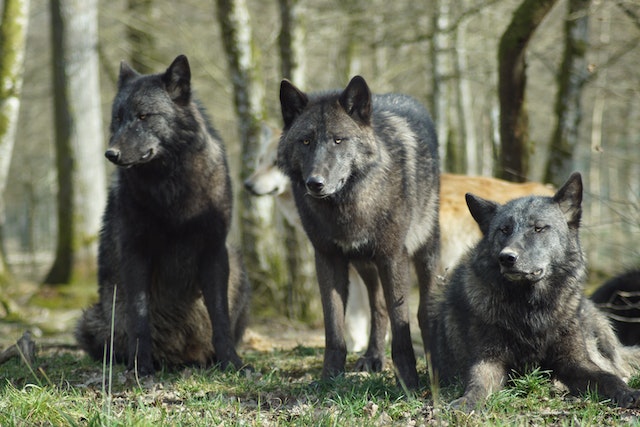The Covid-19 pandemic and the resulting decrease in human activity brought some unexpected benefits for certain endangered species, allowing them to flourish in various ways. Here are some examples of how the quieter world during the pandemic had positive effects on endangered species: 1. Marine Life: The reduction in maritime traffic and tourism had a
The Covid-19 pandemic and the resulting decrease in human activity brought some unexpected benefits for certain endangered species, allowing them to flourish in various ways. Here are some examples of how the quieter world during the pandemic had positive effects on endangered species:
1. Marine Life: The reduction in maritime traffic and tourism had a positive impact on marine ecosystems and endangered species. Whales, dolphins, and other marine mammals experienced reduced underwater noise pollution, which can disrupt their communication, feeding, and breeding behaviors. The decreased disturbance allowed these species to navigate and interact more effectively, potentially leading to improved reproductive success and population growth.
2. Sea Turtles: With fewer beachgoers and reduced coastal development, sea turtles found more favorable nesting conditions during the pandemic. Beaches experienced decreased human disturbance, resulting in reduced habitat destruction, light pollution, and accidental trampling of nests. As a result, sea turtle nesting success rates increased in some regions, giving a boost to their populations.
3. Birds: Several bird species benefited from the quieter world during the pandemic. Reduced air and noise pollution improved breeding conditions and increased nesting success for some endangered bird species. With less human disturbance, birds had enhanced opportunities for foraging, territory defense, and raising their young. This contributed to the growth and recovery of certain populations.
4. Land Animals: Some land-dwelling endangered species also experienced positive effects during the pandemic. Reduced traffic and human presence in certain areas led to decreased habitat fragmentation and improved connectivity between fragmented habitats. This enabled endangered land animals, such as big cats, primates, and other wildlife, to move more freely, access resources, and establish larger home ranges.
5. Reduced Poaching and Wildlife Trafficking: The restrictions on travel and trade during the pandemic disrupted illegal activities, including poaching and wildlife trafficking. This provided temporary relief for many endangered species that are targeted for their body parts, skins, or live specimens. The decline in demand and market opportunities resulted in decreased exploitation, benefiting the survival of these species.
It’s important to note that while the pandemic offered temporary respite and positive effects for some endangered species, the long-term conservation challenges still remain. The underlying factors threatening these species, such as habitat loss, climate change, and illegal wildlife trade, need sustained efforts and global cooperation to address effectively. Nonetheless, the pandemic highlighted the potential positive outcomes for endangered species when human activities are curtailed and when conservation measures are prioritized.

















Leave a Comment
Your email address will not be published. Required fields are marked with *